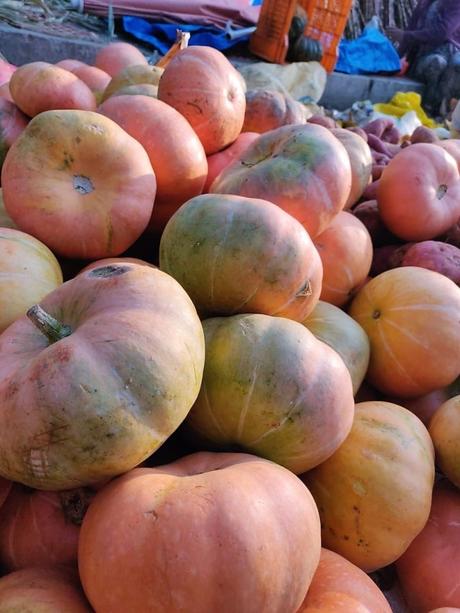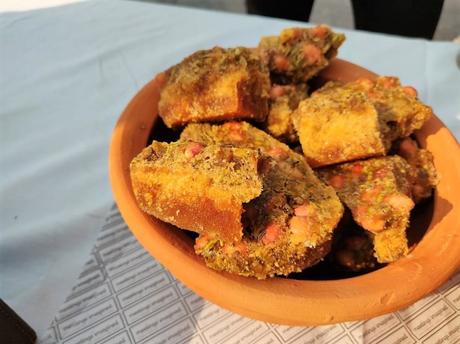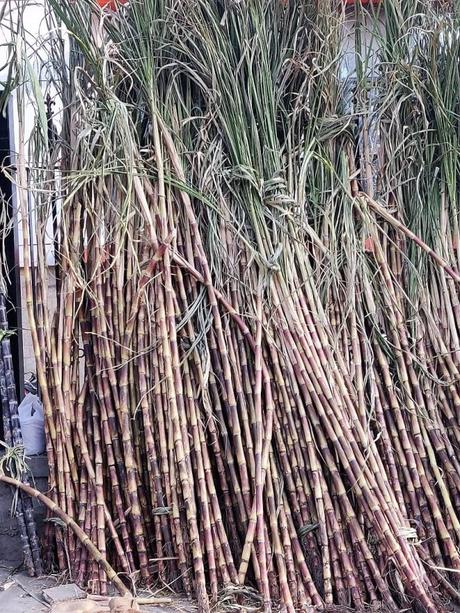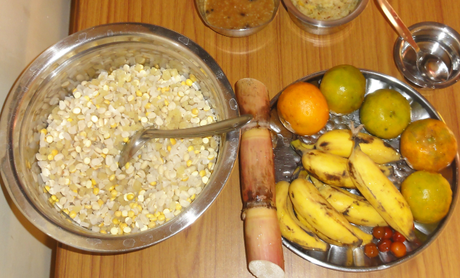Come January and it marks the advent of one of the most auspicious days of the Hindu calendar, “Makara Sankranti”. One of the very few Hindu festivals that is celebrated on a fixed date, Sankranti falls each year on either the 14th or 15th of January. While the term ‘Sankranti’ itself denotes the movement of the sun from one Raashi (a Zodiac constellation) to another, Makara Sankranti is considered particularly significant as it marks the transmigration of the sun to the Makara constellation (which is the Capricorn zodiac).
Dedicated to the sun God, Sankranti is primarily a harvest festival and marks the beginning of a new harvest season. Widely celebrated across India, it is known as Magh Bihu in Assam, Pongal in Tamil Nadu, Sankranti in Karnataka and Andhra Pradesh, Lohri in Punjab and Poush Sankranti in West Bengal.

Barring slight regional variations, Sankranti is synonymous with bonfires, festivities and of course a whole lot of special food. Most of the recipes make use of freshly harvested seasonal vegetables, sesame seeds, jaggery, sugarcane and groundnuts.


The use of avarekai aka hyacinth beans and red pumpkin is popular in Karnataka during the festival day.

Here is wholesome and extremely nutritious recipe from Tamil Nadu called Ezhukari Kootu (Seven vegetables curry). A preparation rich in protein, vitamins and minerals, this one is a traditional recipe that is mandatorily prepared in Tamil Nadu along with sweet Pongal. “All these harvest vegetables are not only auspicious for the Sun God but are also very nutritious and are supposed to be consumed in this season. The vegetables are added in an odd number and the same can be increased to 9 by adding potato and elephant yam” says Gowri Balakrishna, a native of Tamil Nadu.

Ingredients
- White pumpkin: 1 cup
- Red pumpkin: 1/2 cup
- Broad beans: 1 cup
- Beans: 1 cup
- Carrot: 1/2 cup
- Chow chow: 1 cup
- Avarekai: 1 cup
- Toor dal: 1 cup
- Tamarind juice extract: 1 tsp
- Turmeric powder: 1 tsp
- Oil: 2 tsp
- Curry leaves, asafoetida and mustard for seasoning
To grind:
- Coriander seeds (Dhania): 1 tbsp
- Bengal gram: 2 tbsp
- Cumin seeds: 1/2 tsp
- Fenugreek seeds: 1/2 tsp
- Freshly grated coconut: 1 cup
- Red chillies: 6
Method:
- Chop the vegetables into small cubes and cook till soft, pressure cook the toor dal till soft.
- Heat oil in a pan and add Bengal gram. Roast till it leaves an aroma. Then add the rest of the ingredients under “to grind” till aromatic. Grind to a soft paste.
- Take a thick bottomed vessel and add the cook vegetables, dal and the ground mixture.
- Add salt, turmeric and tamarind extract and mix well. Add little water if needed.
- For seasoning, heat oil in a pan, add mustard seeds. Once they splutter add the curry leaves and asafoetida and pour into the curry.
An elaborate version of this article was originally published in The Hindu. Happy Sankranti to all my readers:)

